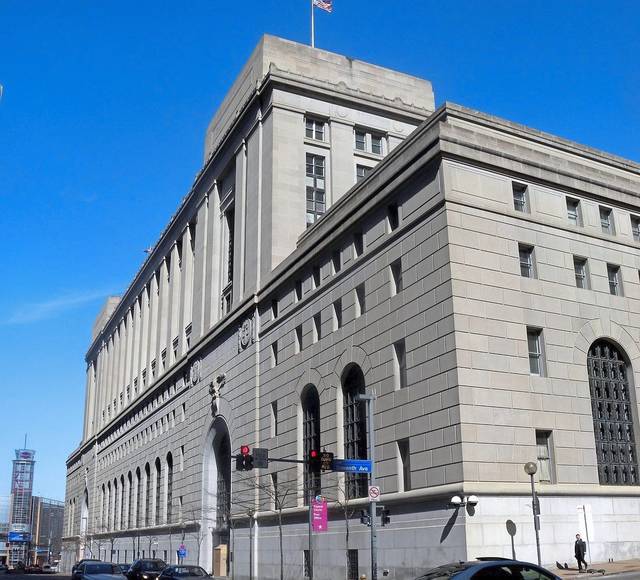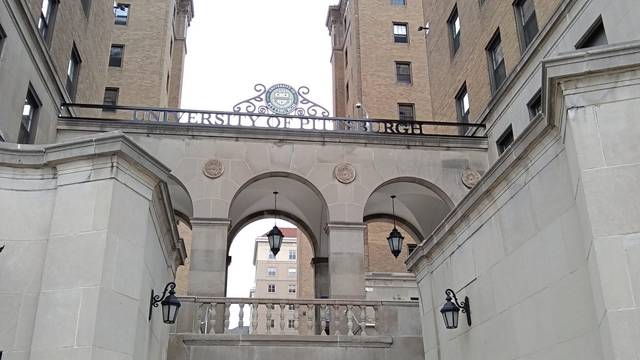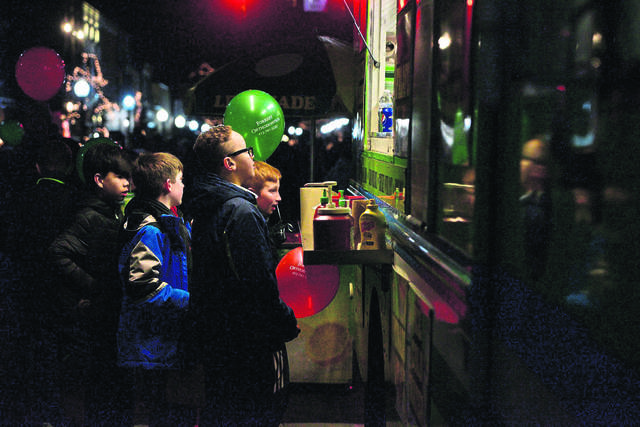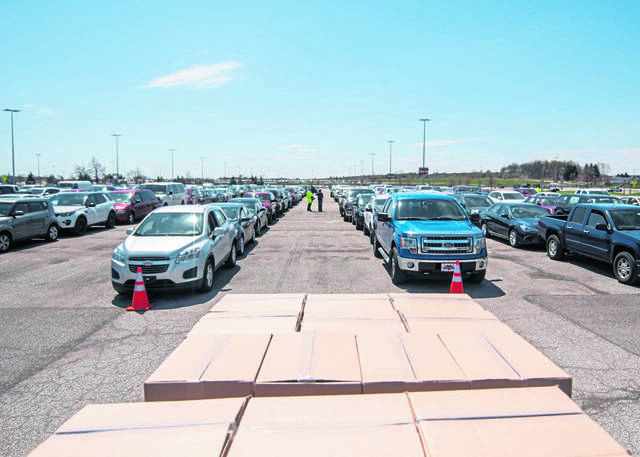Caitlin Chatkin remembers the experience vividly.
It was July 21, around 9 p.m., and the rain was falling unusually hard in Monroeville. She was driving on Logans Ferry Road, on her way to her mother’s house on Meadow Court.
Before she knew it, her car spun out of control and the water from the flooded creek began slowly pulling her in. She said she was scared, but didn’t realize the gravity of her predicament until the dirty, cold water began to fill the inside of her car.
“I thought I was going to die,” she said. “I had nothing to smash the windows through. I just knew I had to get out of the car.”
When she managed to force the door open, the rushing water whipped her around to the backside of the car, where she was able to blindly grip a tire. Fighting the current, she was able to climb to the top of her car, where she waited to be rescued.
Chatkin ended up going to the hospital with a few scrapes and bruises. But the incident imprinted something on her: “They need to do something before it kills someone,” she said.
“It” is the ongoing flooding issues along Logans Ferry Road in Monroeville, a topographically low area that is prone to inundation.
On Dec. 11, Logans Ferry Road neighborhood residents were faced with some costly options to fix those flooding issues. The options, some costing upwards of $2.5 million, were presented by Monroeville engineers and the municipality’s engineering firm, MS Consultants.
The meeting was scheduled following residents’ complaints stemming from a July 21 rain storm that dumped nearly three inches across the Pittsburgh region. The ensuing floods led to damaged roads, homes and businesses – leaving communities with costly repair bills.
Monroeville officials estimated over four inches fell in one hour at the intersection of Logans Ferry Road and Leaside Drive — where Chatkin feared losing her life — and elsewhere along Logans Ferry Road.
“The houses and properties in that area are at a very low point … and you’re sitting at the bottom of a bowl,” said Lauren Terpak, an MS consultant spokeswoman who presented proposed fixes to around 150 residents in attendance.
The most expensive fix – restoring the area’s wetland — was estimated to cost around $2.5 million and take up to three years to complete. Restoring the streams would cost another $800,000, Terpak said.
Another option presented was raising the profile of Logans Ferry Road, estimated to cost anywhere from $1.5 million to $2 million and take up to three years to complete. A portion of that project included extending culverts for another $275,000.
Other less expensive options included repairing and adding culverts, rerouting traffic around the low spot near the intersection of Leaside Drive and Logans Ferry Road and installing catch basins upstream to slow the water’s flow to those low spots.
The least expensive option was closing Logans Ferry Road entirely; however, the option was not discussed.
Residents murmured their frustrations at multiple points throughout the meeting. Some left early, one calling it a “dog and pony show.”
“I’m gonna take a loss on my house because I’m gonna have to put out there that yes, my house floods. So instead of me getting $130,000 for my house I might be lucky to get $100,000. And that shouldn’t be my fault,” said Terry Payne as he addressed Monroeville officials at the meeting.
The meeting’s purpose was to present the problem and possible solutions, councilman Ron Harvey said. “Not to pound fists and yell,” he said.
No one fix was determined during the meeting as the best. That, Manager Tim Little said, is up to council to decide later. But decisions likely will not be made until after a meeting is held with the state Department of Environmental Protection, he said. That meeting has been scheduled for January.
Terpak said the DEP is requiring the municipality to provide the agency an analysis as to why disturbing the land is the best solution to mitigate flooding.
“They’re basically saying it’s a last resort,” Terpak said. But before Monroeville can get to work, there are analyses and permit applications with both DEP and the Army Corps of Engineers, a process that could take up to 18 months, Terpak said.
One of those permits includes a Water Obstruction and Encroachment Permit, which would allow dredging and stabilizing stream banks. But first, Monroeville will need to provide the analysis.
Lauren Fraley, a DEP spokeswoman, provided a copy of a letter the DEP sent Monroeville and MS Consultants on Dec. 10 that said the municipality needs to conduct an “alternatives analysis.”
“An analysis must be performed detailing practicable alternatives to the proposed activities, including alternative locations, routings, designs, etc., to avoid or minimize adverse environmental impacts,” read the letter.
DEP scheduled the meeting with Monroeville and MS Consultants for Jan. 9.











